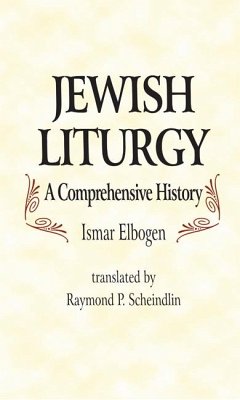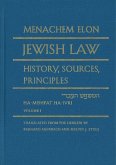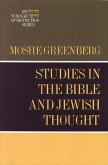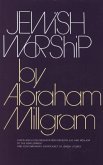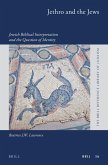The Jewish prayer book, the siddur, is the longest continuous record of the history, philosophy, literature, and ethos of the Jewish people. It has been read and reread in every generation, in every Jewish community. Now, for the first time, Ismar Elbogen's Jewish Liturgy: A Comprehensive History, the most complete scholarly study of Jewish liturgy in existence today, is available to the English-speaking community. Originally published in German, the work was reissued in an updated Hebrew version in 1972. It has now been masterfully translated from the German and the Hebrew by Raymond P. Scheindlin. Elbogen's analysis covers the entire range of Jewish liturgical development - beginning with the early cornerstones of the siddur, such as the Amidah, the Shema, and Ashrei, through the evolution of the medieval piyyut tradition, to modern prayerbook reform in Germany and the United States. The book traces the origins of present-day prayers, noting the many variants that arose within historical periods and different geographic communities. Elbogen includes generous citations from primary sources such as rabbinic texts, comparative historical documents, medieval commentators, and modern scholarship. The work is complemented by a study of the history of the synagogue as an institution; its functionaries, architecture, and music. Also included are full bibliographies and several useful indexes, among them an index of prayers in Hebrew and English. Elbogen's studies will prove invaluable to Jewish scholars because of the presentation of primary sources and variants, to interested laypersons because of his comprehensive overview and systematic format, and to Christian scholars because of hisattention to parallel developments in Christian liturgy. Eighty years after its first appearance, Elbogen's magisterial work remains the most thorough academic study of the Jewish liturgy ever written. It is a monument to the historical and philological approach that characterized Jewish studies - and humanistic studies generally - in the second half of the nineteenth century.

